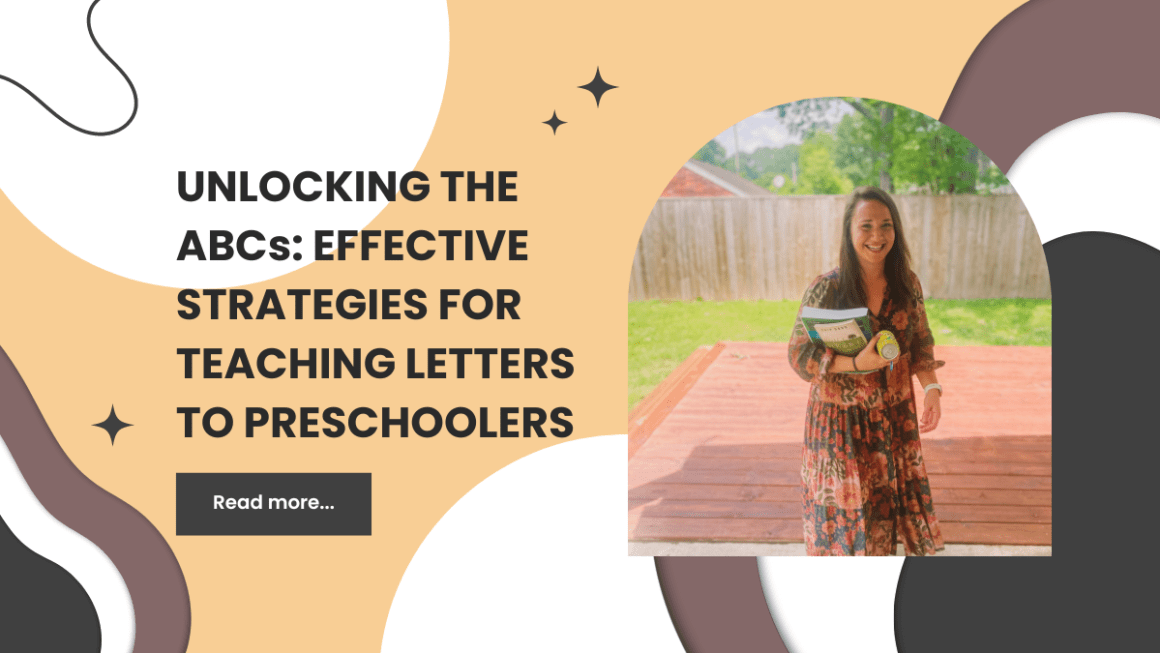
If you’ve been trying to teach letters to preschoolers and feel stuck, you’re not alone. Many parents and educators struggle with finding effective methods to introduce early literacy skills. It’s easy to feel overwhelmed by the sheer number of strategies and resources available. But don’t worry, this post is here to simplify things for you. By focusing on three surprisingly powerful, research-based strategies, you’ll be able to help your preschooler start recognizing letters and their sounds in no time. Want free sound and letter practice sent straight to your inbox each month? Download our Skill Builders Monthly Activity Pack today!
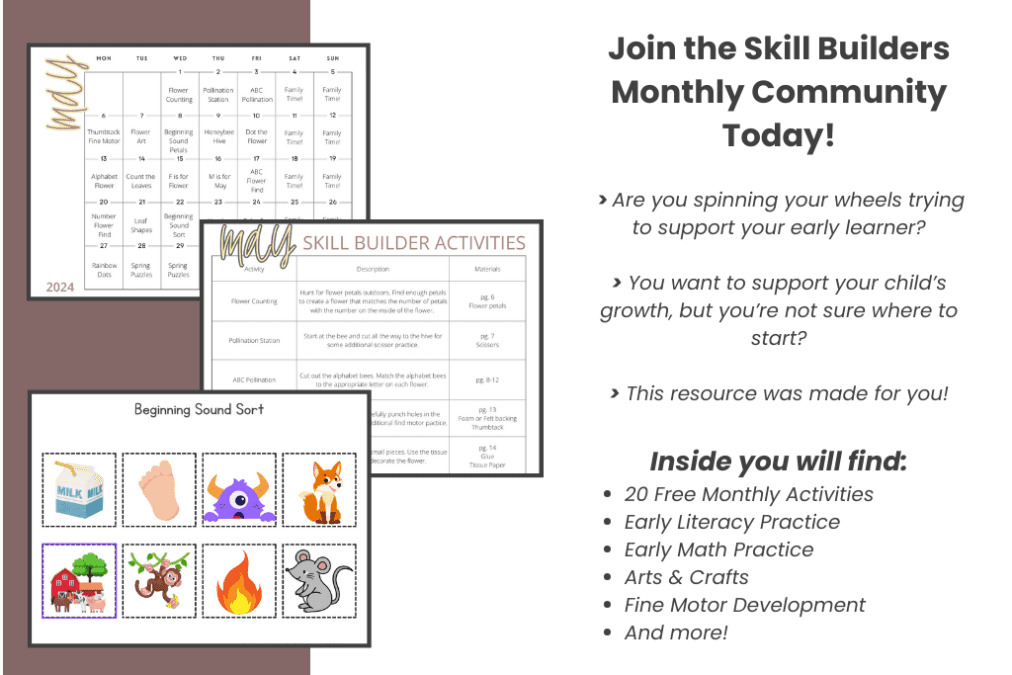
#1: Begin with Phonemic Awareness
Many people believe that the first step to teach letters to preschoolers begins by teaching letter names. However, research shows that phonemic awareness, or the ability to hear, identify, and manipulate individual sounds (phonemes) in spoken words, is the foundation of early literacy.
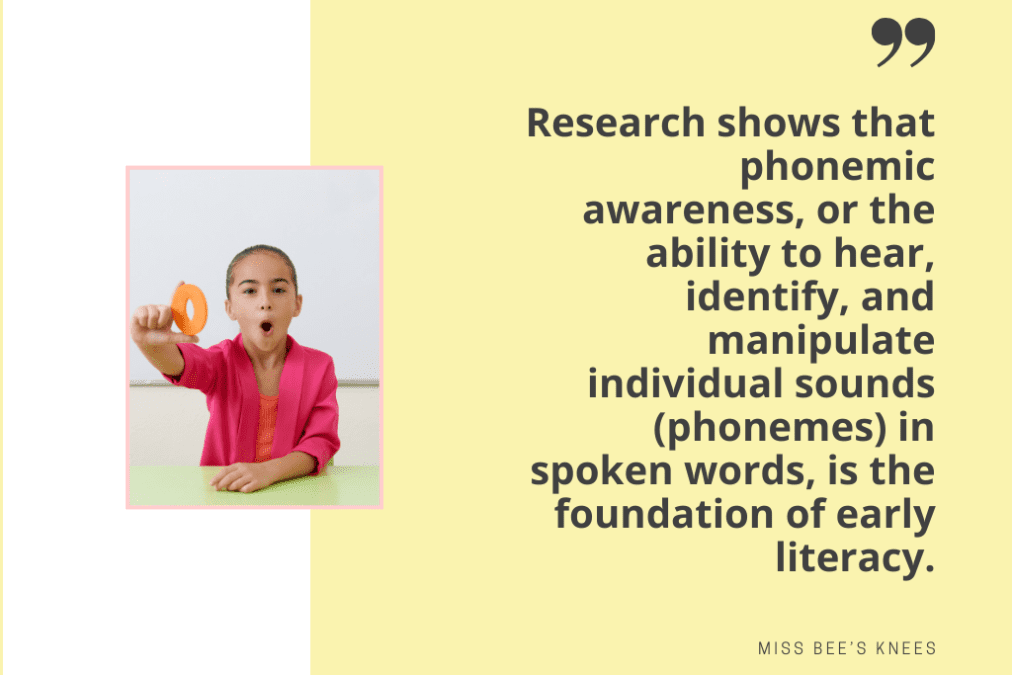
Common Myth: You should start by teaching letter names.
Truth: Begin with letter sounds before associating the sounds with written letters.
Why It’s Important: Phonemic awareness is crucial because it is directly linked to the ability to decode words when reading. The research shows children who can hear and identify sounds first are more successful when they begin to associate those sounds with letters.
Play sound-matching games, sing songs that emphasize different sounds, and use rhymes and alliteration to highlight phonemes. By focusing on phonemic awareness, you lay a strong foundation that will make letter recognition and reading much easier for your preschooler.
#2: Multisensory Letter Activities
Another common mistake is relying too heavily on pencil and paper methods when trying to teach letters to preschoolers. Preschoolers learn best through play and hands-on activities that engage multiple senses.
Remember this is a “No-No”: Teaching letters through primarily pencil and paper methods.
What’s at Stake: Children may become bored or frustrated, missing out on crucial early learning opportunities. Have you ever worked with a child who struggled with letter recognition when doing pencil and paper activities? Switching to multisensory activities may be a game changer! In the classroom, tracing letters in the sand, forming letters with playdough, and other multisensory activities can improve engagement and retention dramatically.
Here are some multisensory activities that will help you know what to do instead:
- Multisensory Activities:
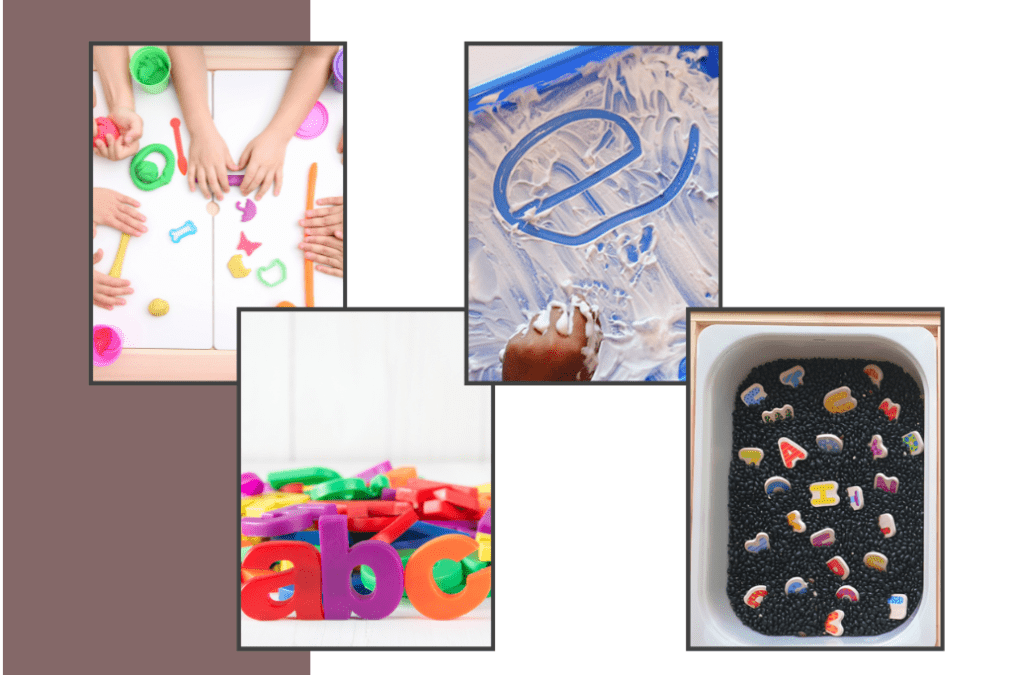
Research supports the effectiveness of multisensory learning, showing that engaging multiple senses helps children learn and remember letters more effectively.
#3: Interactive Read-Alouds with Alphabet Books
Reading to your child every day is one of the most powerful ways to boost early literacy skills. Interactive read-alouds, especially with alphabet books, can significantly enhance letter recognition and sound association. This strategy is crucial because seeing and hearing letters in the context of a story helps children make the connection between letters and their sounds. When you read alphabet books, choose ones that highlight letters and sounds in engaging ways, and make sure to involve your child by asking questions and encouraging them to point out letters and make connections to their sounds. Reading daily not only builds a love for books but also reinforces your child’s understanding of letters and sounds in a meaningful context. By making reading a regular part of your routine, you create a strong foundation for your child’s literacy development.
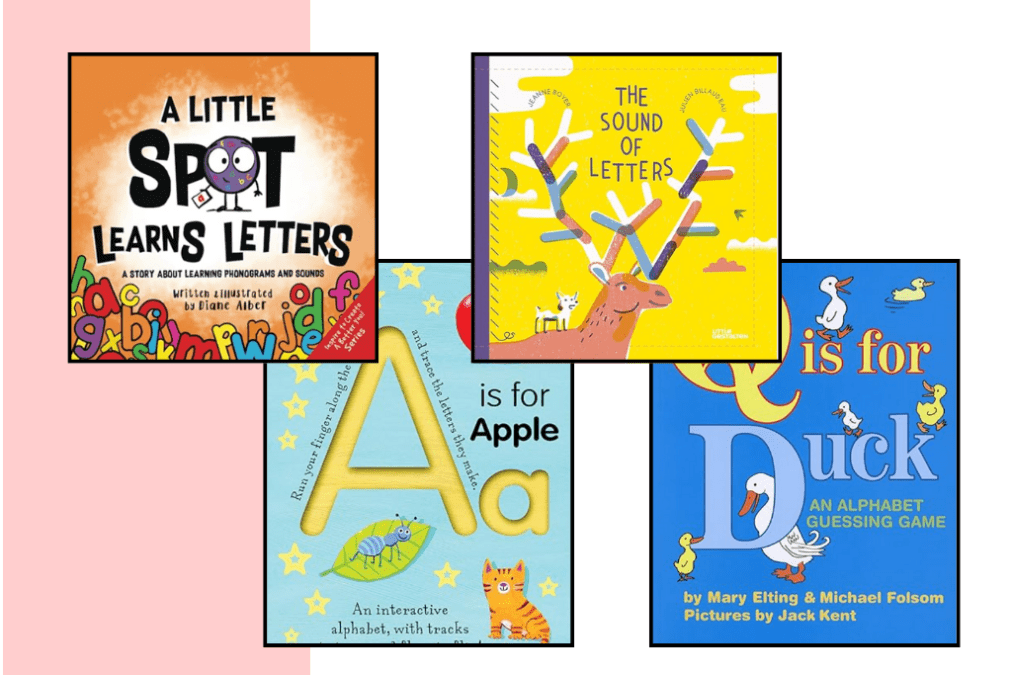
#4: Engage in Repetitive Practice
Repetition is key when it comes to teaching letters to preschoolers. Activities should stay similar each week but focus on different letters. This consistency helps children feel more confident and independent as they become familiar with the learning process. Repetitive practice builds mastery and reinforces letter recognition over time.
For instance, each week, you can choose a new letter and repeat similar activities such as letter tracing, crafting, and reading books related to that letter. This structured approach not only helps children know what to expect, fostering a sense of security and independence, but it also ensures that they develop a thorough understanding of each letter before moving on to the next. By incorporating repetitive practice into your teaching strategy, you provide a stable and effective learning environment that encourages steady progress and confidence in your early learner.
#5: Keep it Short and Sweet!
It’s important not to overwhelm preschoolers with long, intensive learning sessions. Short, consistent practice is more effective and developmentally appropriate for young children. Keeping learning sessions brief helps maintain their attention and prevents frustration, making the experience positive and productive. Young children have shorter attention spans, so short sessions keep them engaged and eager to learn.
Additionally, it’s crucial to ensure your child is ready to learn letters by observing their interest and developmental stage. Look for signs such as an interest in books, the ability to recognize letters in their environment, and curiosity about letters and sounds. By keeping learning sessions short and tailored to your child’s readiness, you foster a love for learning and avoid overwhelming them, setting the stage for successful early literacy development.
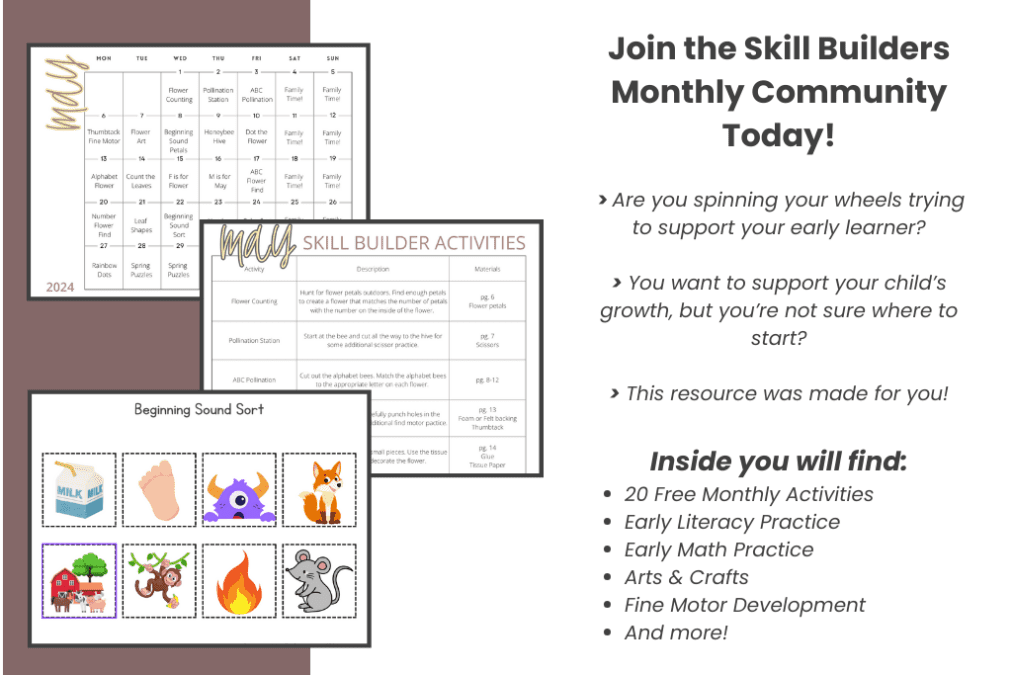
What’s Next?
By focusing on phonemic awareness, multisensory activities, and interactive read-alouds, you can effectively teach your preschooler letters in a fun and engaging way. These strategies interrelate to build a strong foundation for early literacy. Start with phonemic awareness, incorporate multisensory activities, and read daily to see the best results.
To help you implement these strategies, I’m offering a FREE skill builders monthly activity pack that includes 20 activities designed to support your child’s early learning endeavors. Click here to get your free activities and start your preschooler’s literacy journey today! And don’t forget to follow along for all things early learning on instagram and facebook. I would love to hear from you ♥️ Shoot me a DM to let me know if any of these strategies have worked!
